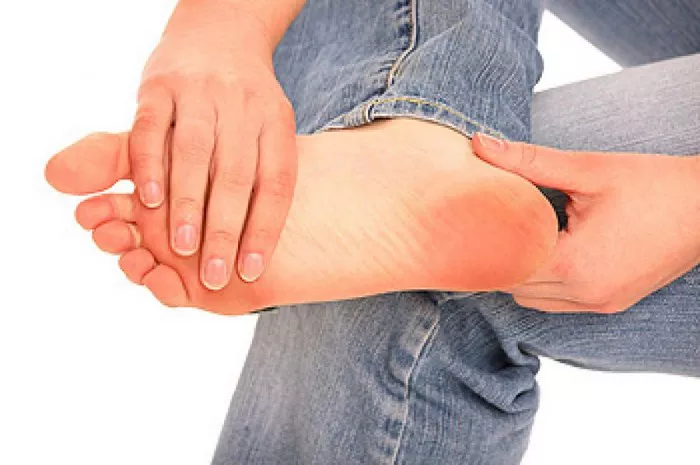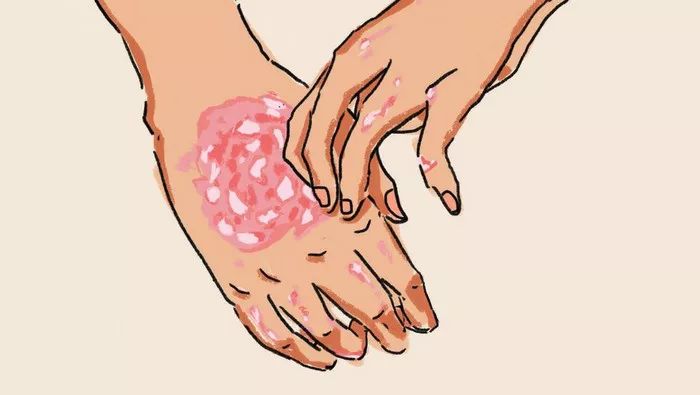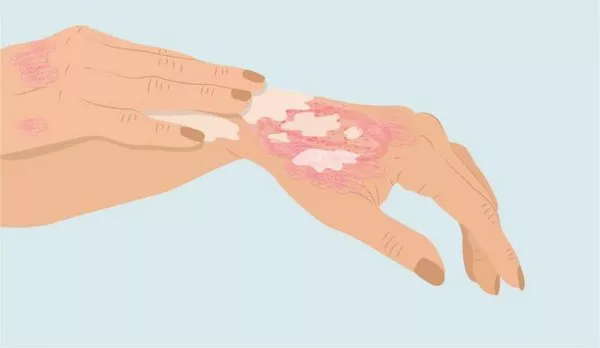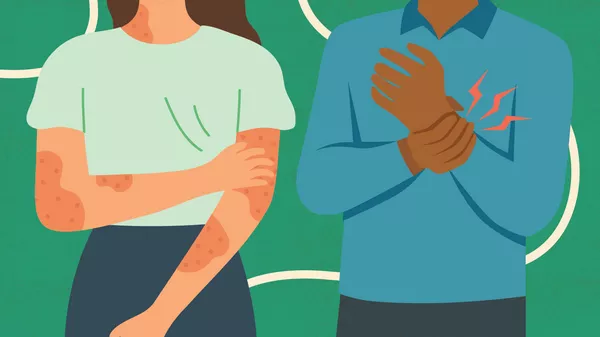Hidradenitis Suppurativa (HS), a chronic inflammatory skin condition characterized by painful nodules, abscesses, and sinus tracts in the intertriginous areas, is a source of immense discomfort and distress for those affected. While HS primarily affects the skin, emerging evidence suggests a potential link between HS and joint pain, leading to concerns about the impact of this condition on joint health and overall quality of life.
Connection between HS and Joint Pain:
The association between HS and joint pain stems from their shared underlying inflammatory processes. HS is known to involve dysregulation of the immune system, resulting in chronic inflammation within the affected skin regions. This systemic inflammation may extend beyond the skin, affecting other parts of the body, including the joints.
One significant concern is the development of associated inflammatory arthritis in individuals with HS. Inflammatory arthritis refers to a group of conditions characterized by inflammation of the joints and surrounding tissues. Specific types of inflammatory arthritis linked to HS include ankylosing spondylitis and psoriatic arthritis. Ankylosing spondylitis primarily affects the spine and sacroiliac joints, leading to stiffness and pain, while psoriatic arthritis involves joint inflammation in individuals with psoriasis, a skin condition closely related to HS.
Prevalence of Joint Pain in HS Patients:
Research indicates that joint pain is relatively common among individuals with HS, although the exact prevalence varies among studies. Some estimates suggest that up to 30% of HS patients may experience joint symptoms. However, due to underrecognition and underreporting, the true prevalence of joint involvement in HS may be higher than currently recognized.
Symptoms and Diagnosis:
Joint pain associated with HS typically manifests as stiffness, swelling, tenderness, and reduced range of motion in the affected joints. The pain may be intermittent or persistent and can significantly impair mobility and daily functioning.
Diagnosing HS-related joint pain requires a comprehensive evaluation by a multidisciplinary team, including dermatologists and rheumatologists. Dermatologists assess the extent and severity of HS skin lesions, while rheumatologists focus on evaluating joint symptoms and signs of inflammatory arthritis. Diagnostic tests such as imaging studies (X-rays, MRI) and blood tests (including inflammatory markers and autoimmune antibodies) may be performed to aid in diagnosis and assess disease activity.
Treatment Options:
Managing joint pain in individuals with HS involves addressing both the underlying skin condition and associated arthritis. Treatment options aim to reduce inflammation, alleviate pain, and improve overall quality of life.
Medications commonly used to treat HS and associated joint pain include nonsteroidal anti-inflammatory drugs (NSAIDs), corticosteroids, disease-modifying antirheumatic drugs (DMARDs), and biologic agents targeting specific inflammatory pathways. Physical therapy and exercise programs can help improve joint flexibility and strength, while lifestyle modifications such as weight management and smoking cessation may also be beneficial.
Early diagnosis and intervention are crucial for effectively managing both HS and joint pain. Timely initiation of appropriate treatments can prevent disease progression, minimize complications, and optimize long-term outcomes.
Living with HS and Joint Pain:
Living with HS and joint pain can be challenging, both physically and emotionally. Chronic pain, disability, and reduced quality of life are common consequences of these conditions. However, there are strategies individuals can employ to cope with their symptoms and improve their well-being.
Pain management techniques such as mindfulness, relaxation exercises, and heat therapy may help alleviate discomfort and improve coping mechanisms. Engaging with support groups and connecting with others who share similar experiences can provide valuable emotional support and practical advice. Additionally, addressing mental health needs through counseling or therapy can help individuals navigate the emotional impact of living with chronic illness.
Despite the challenges posed by HS and joint pain, it’s essential to maintain a hopeful and optimistic outlook. With proper management, individuals can lead fulfilling lives, pursuing their goals and aspirations despite the obstacles posed by these conditions. By advocating for themselves, seeking appropriate medical care, and embracing self-care practices, individuals can effectively manage their symptoms and strive for a better quality of life.
Conclusion
In conclusion, while Hidradenitis Suppurativa primarily affects the skin, its potential association with joint pain underscores the importance of comprehensive care and multidisciplinary collaboration in managing this complex condition. By raising awareness, promoting early detection, and offering holistic support, healthcare professionals can empower individuals with HS and joint pain to live life to the fullest, despite the challenges they may face.


























